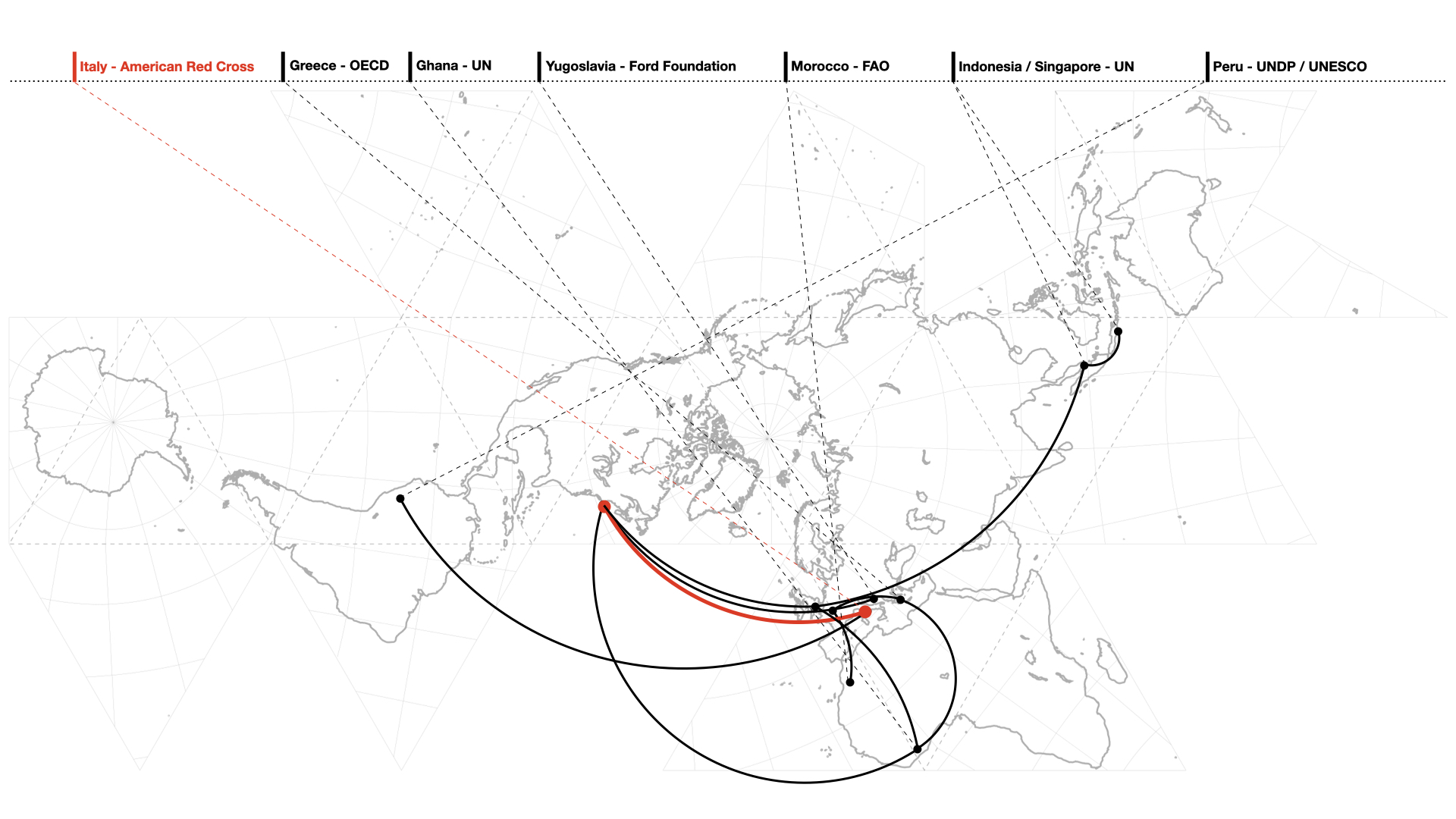Imperial spectacle and emergency shelters: the American Red Cross programmes presented at the Panama–Pacific International Exposition in San Francisco, 1915
Theodossis Issaias

Abstract
The article hinges on the important political changes and imperial anxieties that characterized the U.S. at the tail end of the nineteenth century. As the country was attempting to rise to international prominence with military and economic means, it authorized the American Red Cross (ARC) to operate in foreign lands and transmit narratives of American benevolence and exceptionalism. One such narrative was the ARC exhibit at the 1915 Panama-Pacific International Exposition (PPIE) in San Francisco. Amidst the exposition’s disorienting tableau of displays, the organization exhibited its shelter provision and famine relief programmes in Messina and Reggio di Calabria, Italy, and the Huai River Valley, China, capturing the imagination of fairgoers and winning a slew of exposition prizes. This article traces both the history of these two programmes and their museological deployment at the PPIE; and, traces how U.S. humanitarian programmes morphed into a primary instrument for advancing the country’s geopolitical ambitions. Ultimately, I argue that the ARC and its international programmes attempted to materialize the country’s expansionist visions by exporting reforms in U.S. colonial or commercial outposts.
Theodossis Issaias (2022) Imperial spectacle and emergency shelters: the American Red Cross programmes presented at the Panama–Pacific International Exposition in San Francisco, 1915, Planning Perspectives, 37:5, 889-920, DOI: 10.1080/02665433.2022.2104350
